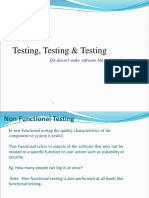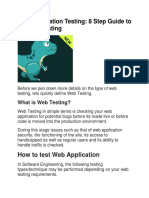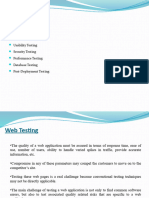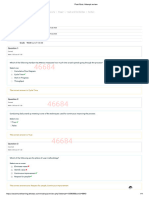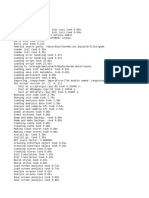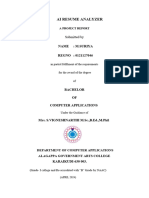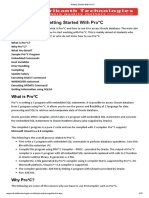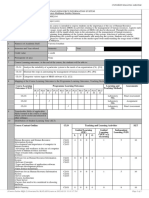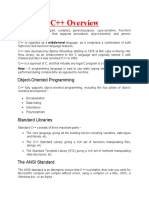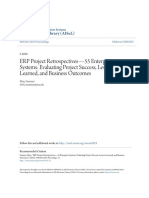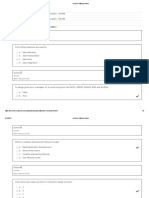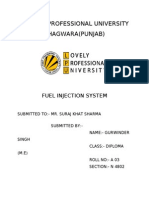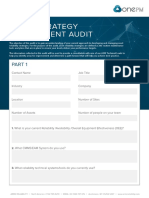0% found this document useful (0 votes)
4 views10 pagesSTE MicroProject (F) GRP
The document outlines a comprehensive approach to web application testing, focusing on functionality, usability, compatibility, performance, and security. It details various testing techniques, including test cases and their expected outcomes, advantages and disadvantages of different testing methods, and emphasizes the importance of thorough testing for a reliable user experience. The conclusion reinforces the necessity of structured testing to ensure a secure and user-friendly website launch.
Uploaded by
sakshikambale173Copyright
© © All Rights Reserved
We take content rights seriously. If you suspect this is your content, claim it here.
Available Formats
Download as DOCX, PDF, TXT or read online on Scribd
0% found this document useful (0 votes)
4 views10 pagesSTE MicroProject (F) GRP
The document outlines a comprehensive approach to web application testing, focusing on functionality, usability, compatibility, performance, and security. It details various testing techniques, including test cases and their expected outcomes, advantages and disadvantages of different testing methods, and emphasizes the importance of thorough testing for a reliable user experience. The conclusion reinforces the necessity of structured testing to ensure a secure and user-friendly website launch.
Uploaded by
sakshikambale173Copyright
© © All Rights Reserved
We take content rights seriously. If you suspect this is your content, claim it here.
Available Formats
Download as DOCX, PDF, TXT or read online on Scribd
/ 10
